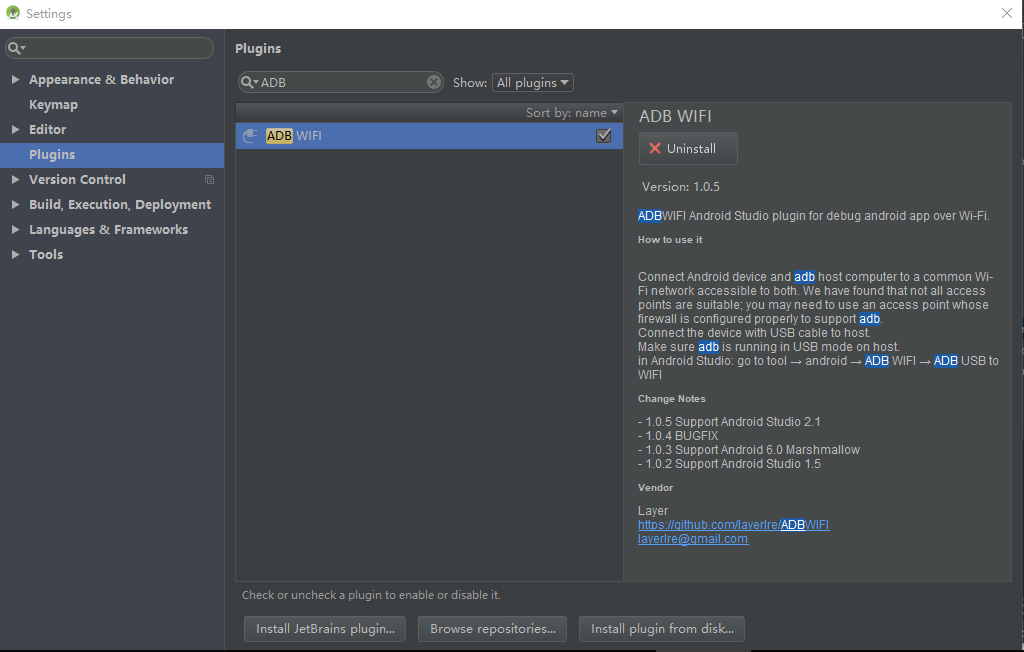

But suppose there are around 50 or 100 fields, would you prefer to write them manually, spending a huge amount of time? No, right? So let’s explore each of the above-mentioned approaches in detail. It wouldn’t take much time to create objects and write every key and the type of it manually. Īs you can see in the above snippet, there are hardly nine fields. So let’s consider that there’s an API request that gives the following response. The two approaches we discuss in this post to create model or POJO classes are: In this article, we’ll discuss both approaches in creating model classes for API responses. And then later, plugins came into play, which made it a lot easier, and they work even without internet connectivity. In the beginning, we wrote each field manually, but later, after some time passed, we encountered an online website that generated model classes. Adding the .only.versioned3 property in the gradle.properties file (as suggested here) will get the Gradle sync working but you may run into issues when trying to deploy your Android app onto a device or emulator from within IntelliJ.For that youll probably have to use Android Studio 3.x or one of the install Gradle tasks. This is a list of all awesome and useful android studio plugins. In our daily development, for handling network-request responses we create plain old Java objects (POJO) or model classes to handle them properly. So to increase the performance, we need to use things more and make the most out of them. After all, performance can be the only measure - not experience in years.

We can do better things in less time if we use them correctly.

For a developer, development is easier with the best IDE and tools - they have a similar importance to a sword for a warrior.


 0 kommentar(er)
0 kommentar(er)
